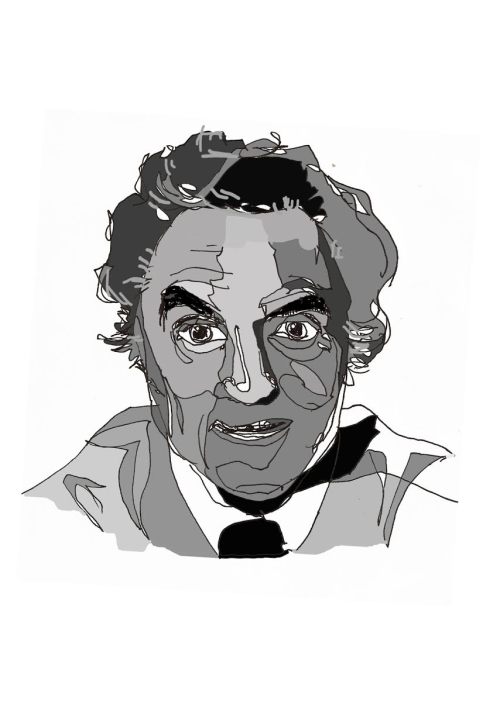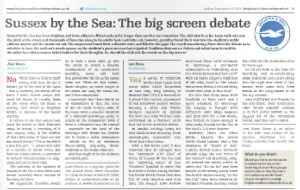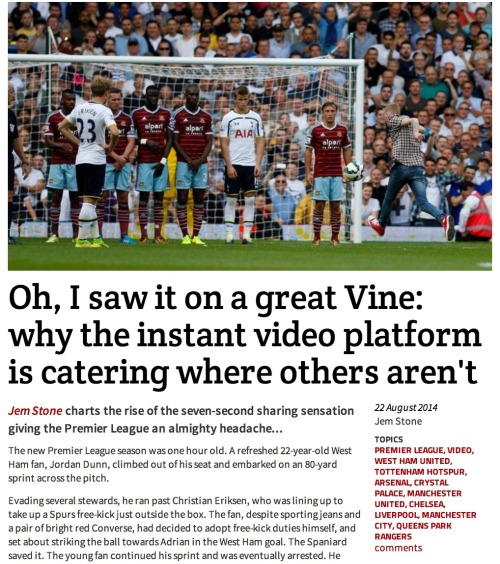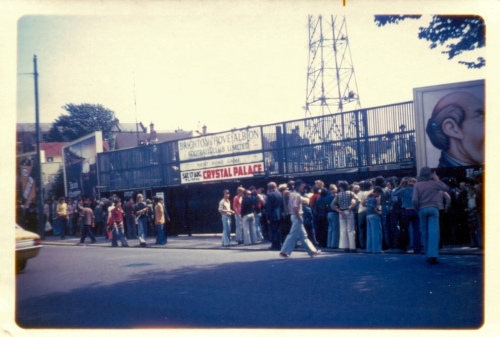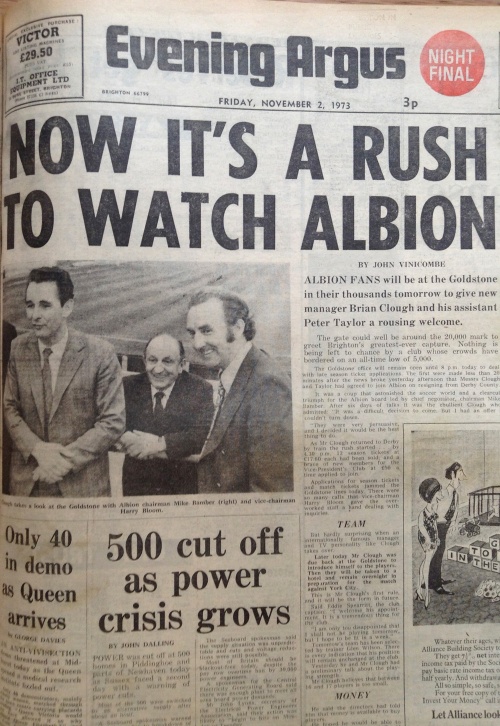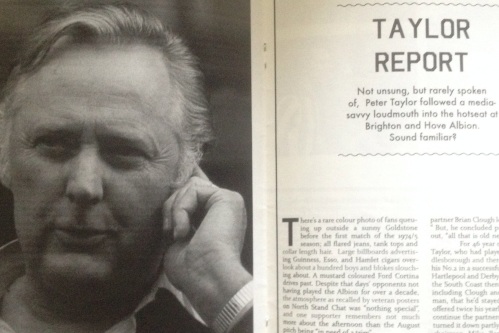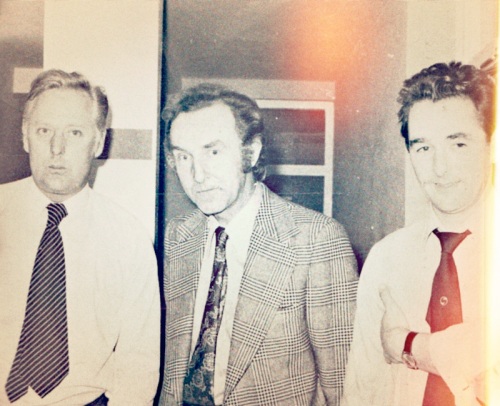In 2011 I wrote this piece for Word Magazine about my decade long obsession with documenting every single time i bought an LP or single in a diary purchased from W.H Smith.
I was really nervous but my Dad had already agreed to take me over to
Portslade in his car that evening. “Do I have to wear the uniform Dad
?” . “Yes. Of course. Otherwise it won’t be official”. My mum had
ironed my scarf so I couldn’t get out of it. I packed them all up in a
new plastic box that we’d got from Boots the week before and I sat in
the back just not sure I knew enough to get through this.
The door opened, young kids ran about, the house looked simply chaotic
and I was offered an orange squash.
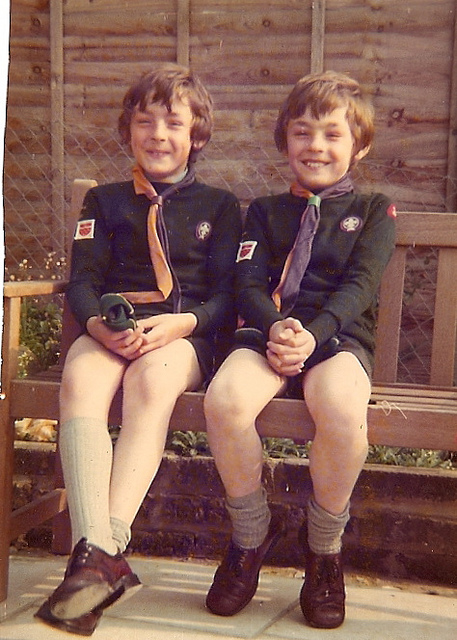
17th Hove.
“So how long have you been doing this then ?” said a tall kindly old
chap. They always seemed to be tall kindly old chaps.
I then muttered something inaudible, fished out a couple of singles;
by BA Robertson (Bang Bang) and the Boomtown Rats (I Don’t Like
Mondays), offered up a few thoughts about alphabetical order, started
unfolding Elvis Costello and the Attractions’ Armed Forces all over
the floor and it was quickly over. He and my Dad started chatting
about their gardens, I carefully placed them all back and was silently
annoyed. Why didn’t he want to know why I’d bought Gary Numan’s Cars
in a record shop on the Isle of Wight whilst on holiday ? Hadn’t he
heard of 2-Tone ? Did the stamp collectors get this treatment. I doubt
it. I really know this stuff. I wanted to really prove it.
And thats how it started. I was 13, I had a woggle on, and I’d just
earned my Scout Collectors badge for collecting records.
25 years later, in possession of a new scanner, nominally to gather upa large collection of baby pictures of my young sons, my thoughtsinstead turned to the loft. In a tatty old hat box lurk dozens of love letters from my future wife, some flyers from an indie club i ran inthe late 80s called The Apple Orchard where we put on bands like The
Field Mice, Heavenly and The Sea Urchins and gave away… free apples
and what i was really looking for; 2 fragile old notebooks. In them
are hundreds of weekly and by the end, nearly daily entries that store
a record of every single and LP purchased and every gig I attended
from Dec 17 1980 onwards. I scanned in the badly scrawled 26 pages
that i’d scarily dubbed “Jeremy T Stone, Concerts, Records and Tapes,
Volume 1”, with a photo sharing website; Flickr. Its cover of gig
tickets (ABC, Echo and the Bunnymen, Kid Creole), yellowing sellotape
and a Dickens like ledger at the back with monthly tallies of activity
prompted comments, all men as it happens; “This looks like something
from another world, almost pre-decimilisation.”, “It’s like a ration
book”. One friend even suggested that it should be in the V&A. The
baby pictures remained unscanned.
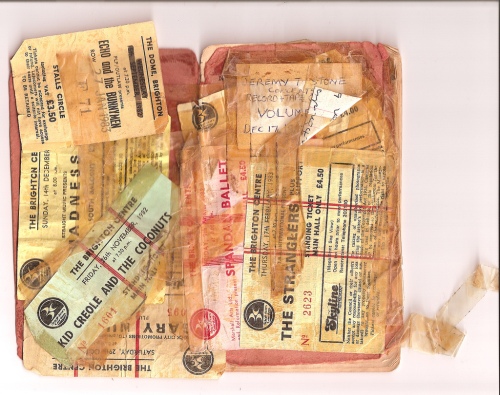
I’d always collected stuff. Mostly football comics (Roy of the Rovers,
Tiger and Scorcher), programmes, and the Radio Times.When 10 though my
Dad brought home, what now seems, a ludicrous concept. The 1976/77
yearbook for Brighton and Hove Albion. This wasn’t a celebratory
annual charting the previous year’s highlights and data but an
entirely DIY effort. The reader was supposed to document, by hand, an
entire 46 week season of games, fixtures and statistics. Entirely
blank pre-season I pored excitedly over its empty tables, player pages
and thick paper just itching to be filled in. I even managed to get my
Aunty Mal to co-opt her neighbour, the new Albion sensation; Peter
Ward who rented a semi up the road, to take the book with him into
the dressing room to fill out the autograph page. He dutifully
fulfilled the task, knocked on my door and handed it over in person.
Or rather he handed it over to my mum. I hid upstairs. However barely
out of August the excitement started to wane and the laborious writing
of the teamsheet every Saturday night for both Brighton and their
opponents started to pall. After a cup game on a Tuesday night in
September was completely skipped, I hid the book away in my bedroom
slightly embarrassed with myself.
So the longevity of filling out this particular diary was perhaps
partly down to its convenient brevity. I only had a few paper rounds
at the time where i earned £2.40 per week and a mighty 60p for Sunday
so at least, at first, records were fairly infrequent purchases. Yet,
unlike the torment of the football book detail, I quickly came to
enjoy forcing myself to extend the actual process of a record purchase
with a small diary entry. The re-reading of its pages as the numbers
ticked over joined the other physical rituals alongside scanning the
sleevenotes, reorganising the entire collection…again and actually
playing the thing on my Sharp Music centre.
But after a few years it was clearly pride that drove me on. A
tangible proof that, in the absence of hardly any idea that anyone
else was like you, here was the physical evidence of my devotion and
knowledge across 26 detailed pages and later several volumes of the
stuff.
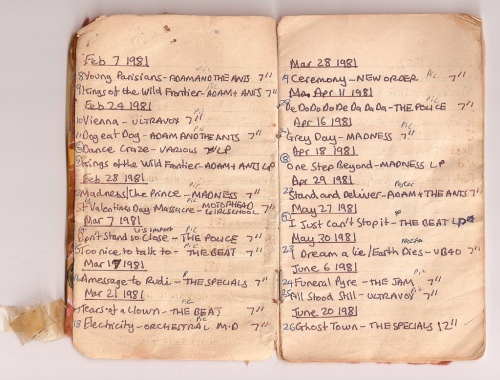
The task of course also indulged my insane attention to detail. As the
entries for singles and LPs mounted up so the icons, numbering
systems, annotations and worry increased. A gig page was finally added
despite at that point having only ever been to 4 (Dec 16 1979 – The
Police being my first). I dubbed it grandly “Concerts” probably
because they mostly took place in the decidedly ungig like venue; the
Brighton Centre, better known as the yearly home of the Labour and
Tory party conferences. “Pic” was usefully introduced to depict a
single with well yes but abandoned after 18 months because singles in
plain sleeves pretty much vanished for ever or probably because I
forgot. The picture discs for Ant Rap, Wings of Dove – Madness and
Every Breath You Take were duly noted and late on labels (Some
Bizarre, A&M, 4AD, Stiff, Respond ) crept in as the provenance of
singles, or rather documenting that I was aware of them, started to
really matter to a by now sixth former. There’s a slight hiccup in
1983 where arrows are deployed and the label “Bootleg tapes” is
shamefacedly adopted to reassure me that my visit to the Record Fair
to purchase some live Police sets on cassette has resulted in entries
that are not really canonical.
However, most of the agony was writing the first entry . Should I
should start with numbering Call Up by the Clash (7″) as No. 1 ?
This wasn’t right given that I’d already had bought about 50 singles
pre 1980 when the book began. My record buying life had actually begun
on a rainy shopping trip with Mum to WH Smiths record shop, three
years before, with Abba’s Knowing Me Knowing You. What about that ? So
logically then perhaps the first entry should actually be numbered 51
? Perhaps I should document the backstory (“The Early Years”) in a
separate book ? Would it dilute the diary if i put all this stuff in
the back ? I genuinely used to fret hard about this stuff but went,
as it turns out, with Number 1. This however led to some rather
tedious pedantry on my part when, as nominally an adult, a decade
later, I used to think I could charm bemused women with evidence of
teenage years’ record purchases. In sharing Books 1, 2 and the up to
date Book 3 (1990-93) of the diary, that i was still religiously
compiling, I always used to caveat the conversation with “But no. You
have to add 18 on to the LPs number, because I didn’t start from the
beginning”. I was crestfallen that she might deduce that I actually
had a smaller collection than the books implied. So my pre 1980 trips
to HMV in Brighton’s Churchill Square to buy LPs by the Muppets, The
Police, and the Bee Gees were duly trotted out, the actual size of the
vinyl scattered in every corner of the bedsit was diligently
communicated and the mad audit of my life rolled on.
And with hindsight its that sanity check of memories that re-reading
it gives you. I know that I bought the 12″ of Tainted Love by Soft
Cell but a line in the diary means I remember it was because the DJ
played it in one Saturday morning in the basement of Top Man on the
Western Road and I asked him what it was. I know I owned Joy
Division’s Closer but I’m reminded it must have been in Woolworths in
the Christmas sale and at the same time as Jasper Carrott’s LP; “A
Pain in the Arm”. Singles by New Order, Heaven 17, and The Beat still
sit on shelves above my bed but the teenage boy in me must have
brought them home in plastic bags on the back of the bus with chart
hits by Kim Wilde, Toyah and Girlschool. I don’t see just a plain
entry for June 20 1981: Ghost Town – The Specials. I really see me, on
the one hand a 15 year old with a No.2 all over haircut, a brand new
Red Harrington jacket and 12 high Doc Martens that I’d ludicrously
told Mum were worn “by everyone” in order to get her to give in. Yet
on the other hand a me actually bored, hanging about in an high story
carpark for a lift poring over a black and white 2Tone label waiting
for my parents to finish their shopping. Not having a girlfriend, or
anyone really to talk about or share the merits of “Friday Night and
Saturday Morning”.
There were also a few spin offs where I tried to recreate this
pleasing order. For a year aged 15 I compiled a twice weekly parallel
universe chart from the votes of like minded souls, boys of course, at
the back of Physics lessons. Easily adopting the roll of a synthpop
teller, out came the inkpen to record, once i’d done the maths, that
OMD’s Souvenir , Japan’s Quiet Life, and New Order’s Everything’s
Gone Green had climbed to Number 1. In our heads. I’d also seen
evidence elsewhere in my class of a book containing imaginary Test
Match series lovingly recorded with Wisden like detail but the games
themselves were played over by over with dice. I clearly wasn’t the
only one.

I loved Soft Cell.
So was it a lonely thing ? I had few close friends as a teenager but
then carried on with the diary with even more fervour at university
where I even charmed/bored girls with tales of how there was a clear
correalation between that nightly listening of the Festive Fifty
during Christmas of 1983 and my 1984’s record/gig consumption. (see
the Jan 10 1984 entries for Billy Bragg and Jan 3, 26 and Feb 11 for
Cocteau Twins). Well maybe.
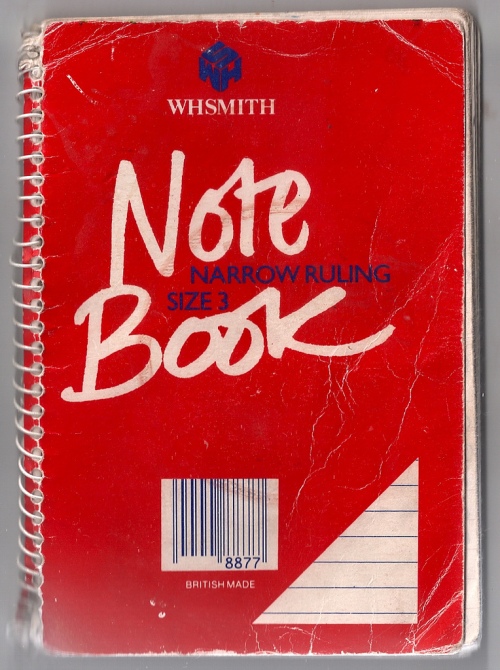
WH Smith served me well.
And who would do it now ? For nearly a decade now i’ve been a user of
iTunes. Its array of automated features and lists that document every
play and listen and churn out “most played” charts by day, by week, by
month should have banished all reason for the above. Yet I’ve twice
lost my history and MP3 collections to hard drive failures and now I’m
not even sure what owning a track actually is. I’ve dabbled with
LastFM but stare at it longingly hoping it might perhaps have my data
for 1982 or 1987. My children logging into my account on Spotify and
polluting my histories with Spongebob, JLS, and Lady Gaga means that I
still yearn for a more permanent record of then.
Earlier this year I watched Paul Heaton on The One Show.Ostensibly a
straightforward plug for his tour, It started off in an instrument
shop with him talking guitars, his pre-Housemartins bands, his love of
Johnny Cash but then apropos of nothing, he’s proudly leafing through
a smart hard backed notebook. This, he reveals, is one of the books
where he’s compiled a monthly list of his Top 20 favourite tracks that
he listened to that month. A task that he’s kept up in longhand for,
gulp , 30 years. Clearly quite in love with them, he then reads out
his No.1 for April 1997; “There is nothing like a Dame” from the
soundtrack of South Pacific. Well obviously. Switch to the sofa and
Adrian and Christine are flicking through 2 little exercise books the
first of which he started, like me, in 1980. Adrian tries to mock.
“I’m a bit worried about you” but then he starts reeling off one
random chart from Sept 1982 featuring Candi Staton, Hot Chocolate, Big
Bill Broonzy and Elvis Costello and suddenly becomes animated. “I’d
really forgotten about that track”. “Exactly” says Paul.
To read the 1980-84 diary see: https://www.flickr.com/photos/jemstone/sets/72157594348254422/
My complete 1988-1992 diary is scanned at Flickr – https://www.flickr.com/photos/jemstone/sets/72157624738258203/
If you see the diary for 1984-88 please let me know. Lost a while back.







